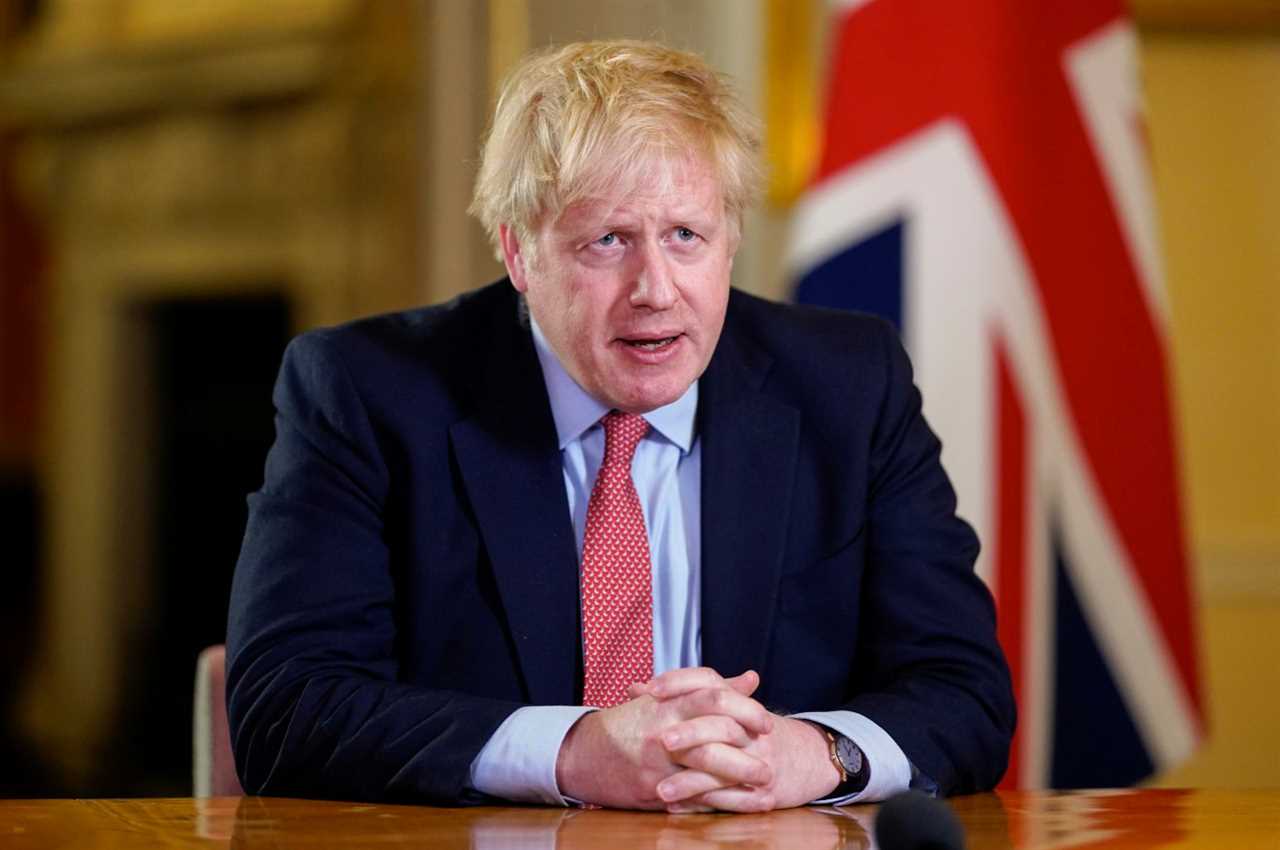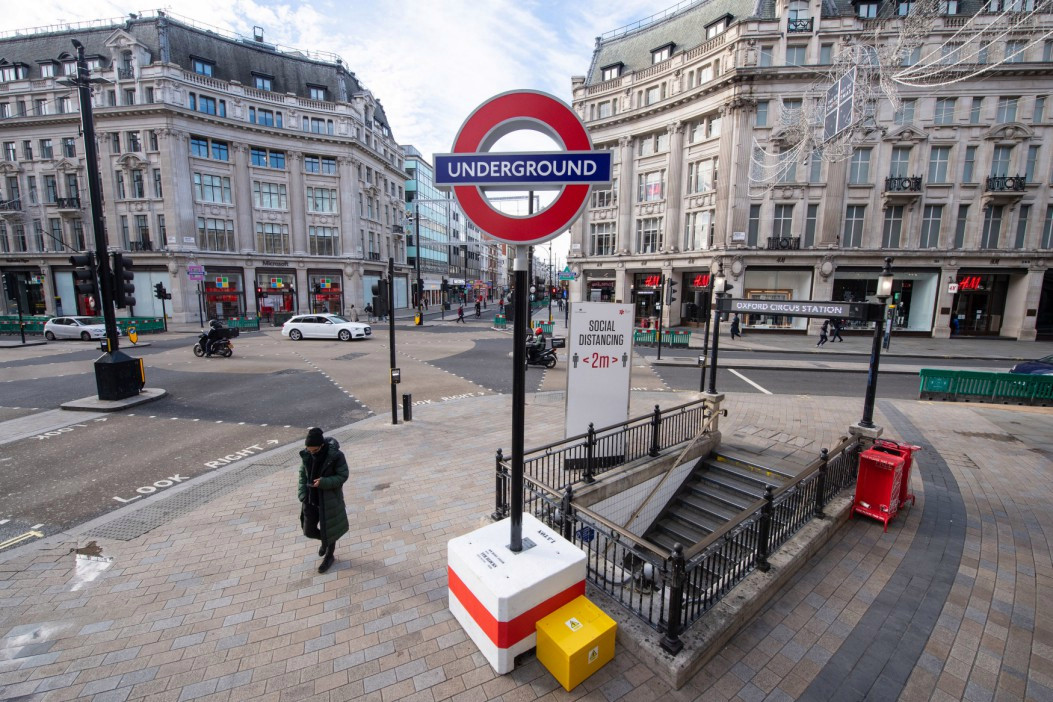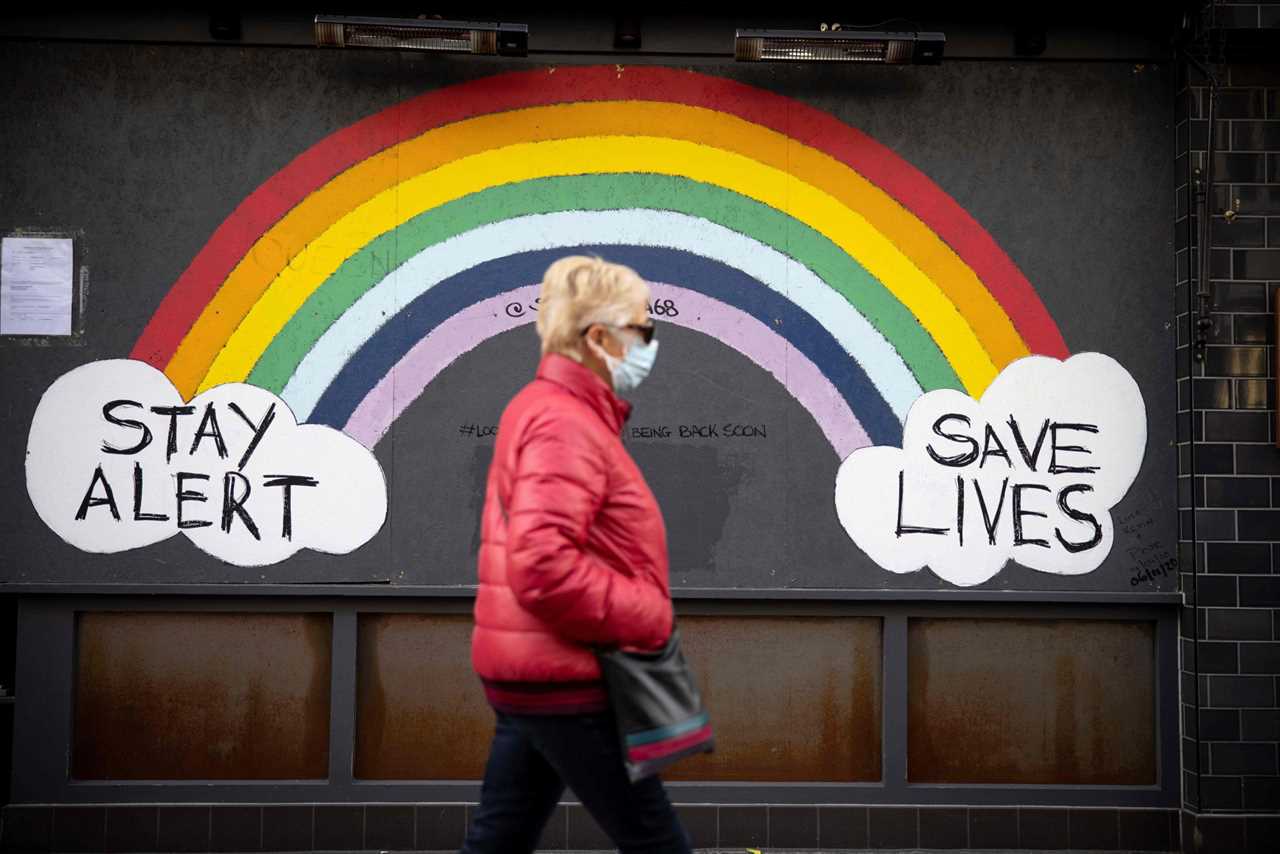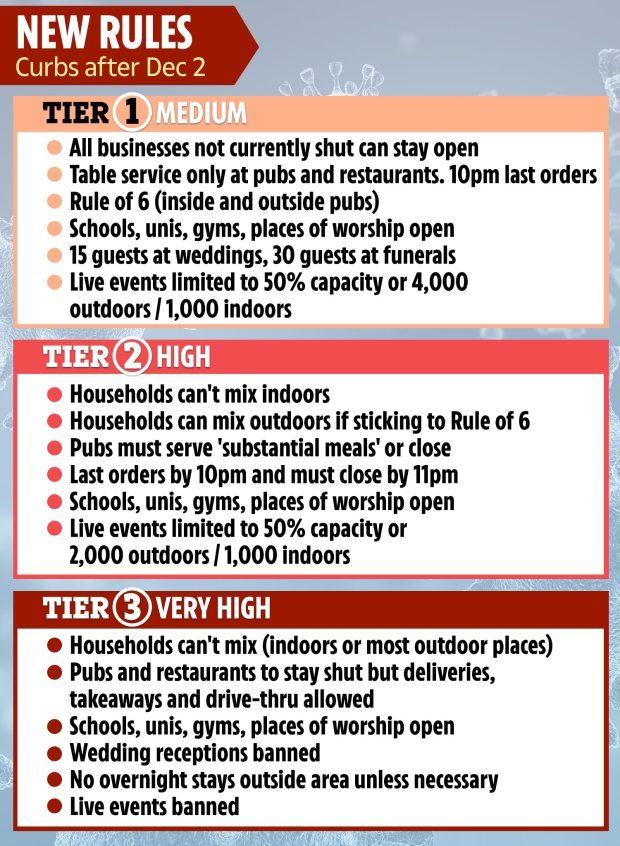BORIS Johnson has announced England’s latest tier restrictions which will come into place after lockdown ends on December 2.
However, the Prime Minister has yet to confirm which tiers will be applied to different parts of the country.

When will we know what Tier we are in?
Boris Johnson is due to announce which tiers will come into force in different areas of England on Thursday, November 26.
Mr Johnson has already warned that much of England will be placed in Tiers 2 and 3 as infection rates remain high across the country.
He announced that the second lockdown will officially end on December 2, after which each area of England will be placed in a tier.
They will be assigned Tier 1, which is medium, or 2 and 3 – high and very high.

What Tier will I be in?
While the specific tier areas have not been announced yet, many places in England are expected to go into the higher tiers.
The five measures that will be used to decide each tier are:
- case detection rates in all age groups
- case detection rates in the over 60s
- the rate infections are rising or falling
- the positivity rate – or number of positive Covid cases as a percentage of tests carried out
- pressure on the NHS, including current and projected bed occupancy

Areas including Hull in Yorkshire, Swale in Kent, East Lindsey in Lincolnshire and Hartlepool in the North East are all expected to enter Tier 3 as they have the highest rates of infection in the country, PHE data shows.
London could return to Tier 2 after lockdown ends, with the current case rate in London set at 193 cases per 100,000.
Fewer places are expected to be given Tier 1 status, with rural parts of England being the most likely to move into the lowest tier after lockdown.
Areas including Suffolk, Cornwall, and Cambridgeshire are all potential candidates for Tier 1.

What is the infection rate in my area?
Find out what the infection rate is in your areas with our interactive map.
The map reveals the areas with highest infection rates in dark red, while the lighter the colour, the lower the number of cases per 100,000 of the population.






